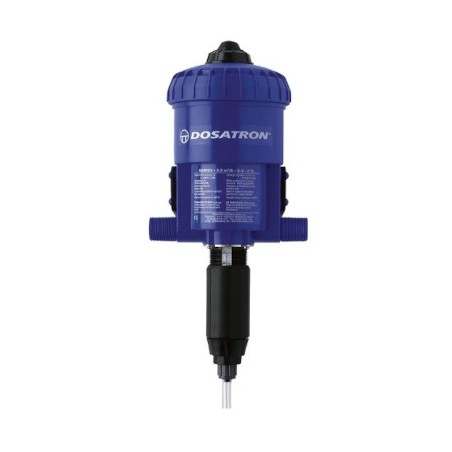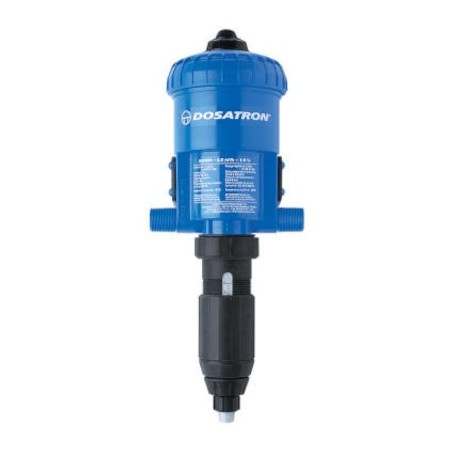Daily water use and wastage patterns of pigs have major effects on the efficacy of in-water antimicrobial dosing events when conducted for metaphylaxis or to treat clinical disease. However, daily water use and wastage patterns of pigs are not routinely quantified on farms and are not well understood. We conducted a prospective, observational 27-day study of the daily water use and wastage patterns of a pen group of 15 finisher pigs reared in a farm building.
We found that the group of pigs wasted a median of 36.5% of the water used per day. We developed models of the patterns of water used and wasted by pigs over each 24-h period using a Bayesian statistical method with the brm() function in the brms package. Both patterns were uni-modal, peaking at 1400–1700, and closely aligned. Wastage was slightly greater during hours of higher water use.

We have shown that it is feasible to quantify the water use and wastage patterns of pigs in farm buildings using a system that records and aggregates data, and analyses them using hierarchical generalised additive models. This system could support more efficacious in-water antimicrobial dosing on farms, and better antimicrobial stewardship, by helping to reduce the quantities of antimicrobials used and disseminated into the environment.
Little SB, Browning GF, Woodward AP, Billman-Jacobe H. Water consumption and wastage behaviour in pigs: implications for antimicrobial administration and stewardship. Animal. 2022; 16(8): 100586. https://doi.org/10.1016/j.animal.2022.100586





